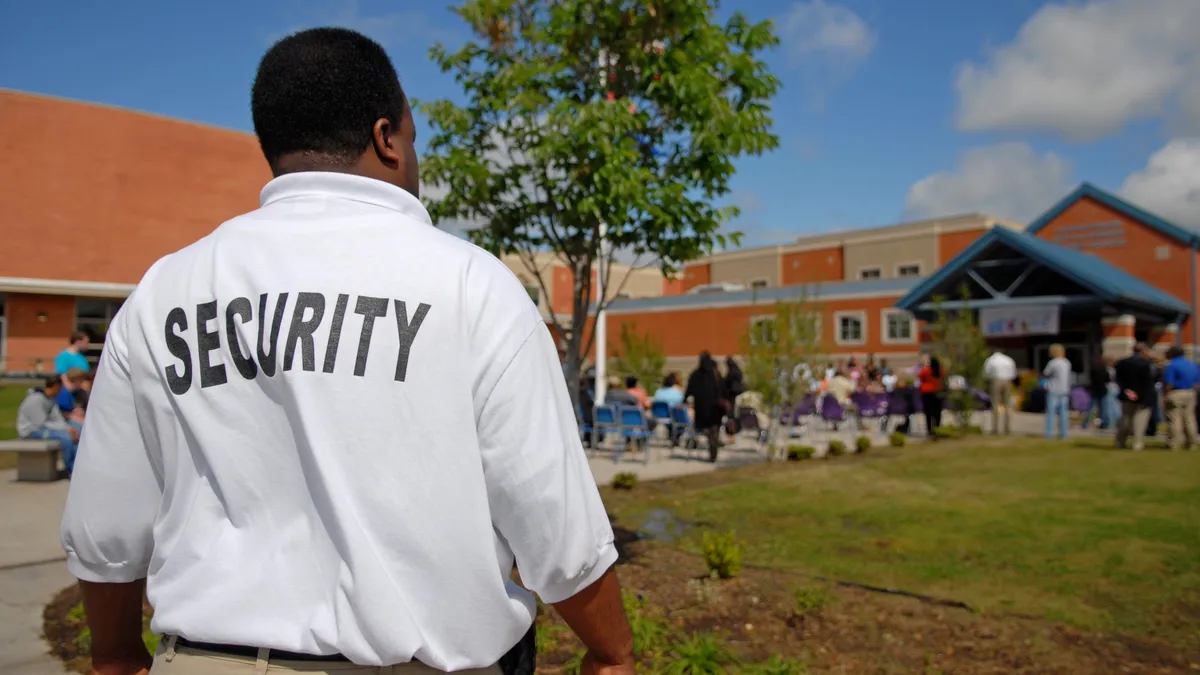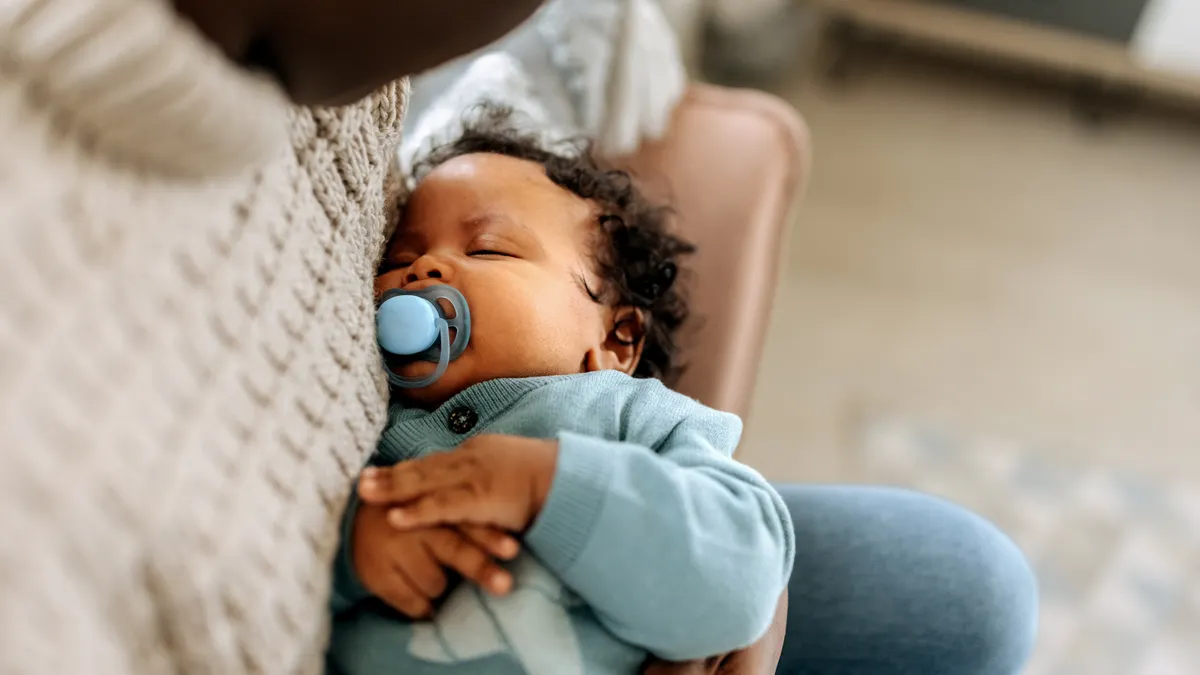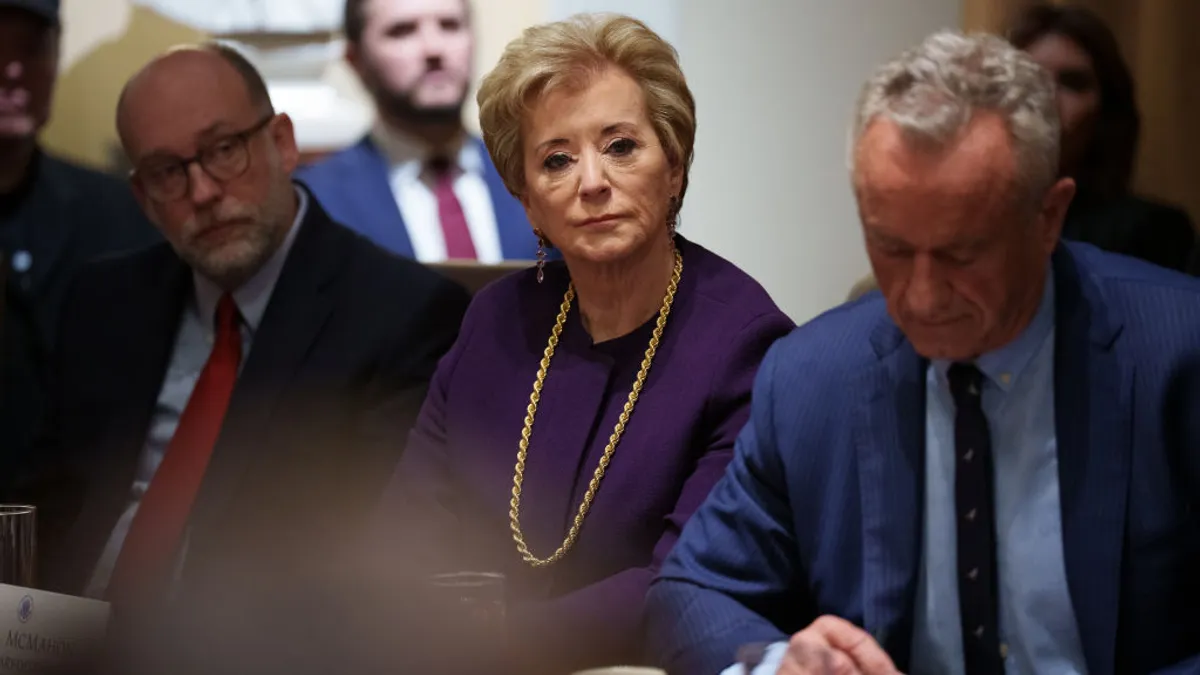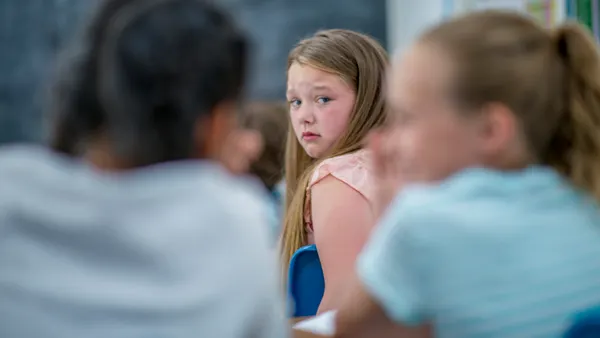Though masking policies, cleaning protocols and social distancing have risen to the forefront of school safety priorities, drugs, bomb threats, gun and gang violence continue to be a concern. As students return to in-person learning amid rising violent crime rates in many cities, school leaders face increasing challenges in keeping students safe.
Last year, gun violence rose to its highest point in nearly two decades. So far this year, incidents have exceeded those records, according to The Washington Post. As of mid-August, 137 individuals under 18 had been injured due to gun violence in Philadelphia. Of those young people, 32 died. ABC6 Philadelphia reports gun violence rates in the city are up 50% over last year.
With school back in session in many districts for a little more than a month, there have already been 15 school shootings nationwide as of early September. Early in the month, two Florida middle-school students were sent to juvenile detention for plans to carry out a Columbine or Parkland-like mass shooting at their school. Just two days later, school leaders at Cape Fear High School in Fayetteville, North Carolina, were alerted to social media threats warning of a mass shooting.
“Everything that is beginning to shape out in regard to gun violence in schools was absolutely predictable. If folks look at the history of gun violence and public schools, it is not somebody deciding at random to shoot up a school. It is the bright, sick minds that are involved in the incident,” said Joe Erardi, retired superintendent of Newton Public Schools was hired immediately following the 2012 Sandy Hook School Elementary School. “In almost all shooting cases, the individuals were isolates who had nobody.”
With the pandemic, Erardi said, that issue has been exacerbated. Solutions are also no longer limited to simply hardening the building as experts have recognized the importance of taking into consideration community conversations with parents, staff, and elected and appointed officers, as well as the social-emotional needs of students.
“One of the most important things around relationships I tell school leaders is that they must have a professional relationship between the chief public safety official in the community. If they don’t, then there is no safety plan,” he said. “If that relationship is fractured, it has to be repaired immediately or somebody has to leave, because it is not safe.”
As superintendents take on rapidly changing, ever-growing responsibilities and challenges, the position requires knowing when to delegate. Erardi emphasizes that safety and security are something the superintendent must own, especially following an incident.
“If they delegate school safety and security post-tragedy, they have done a disservice to the community,” he said. “You have to own it, stand in front of, explain and move forward as harsh corrective.”
The whole picture
Urban schools in particular must think about a bigger safety program — one that expands beyond a school’s physical walls.
Chicago Public Schools launched its “Safe Passage” initiative in 2009. More than 170 schools participate in the program, which partners with community-based organizations to hire people to stand post along school walking routes. The program has seen a handful of expansions since 2009, NPR reports, including in 2013 when school closures under former Mayor Rahm Emanuel created school routes that crossed more gang boundaries.
“We strongly believe that most incidents can be prevented. In the past, people have looked at safety as waiting for something to happen and then ensuring a sufficient response,” said Jadine Chou, chief safety and security officer for CPS. “We train Safe Passage workers to look for situations that could be more serious and the actions to deescalate situations.”
As the longest-running program of its kind, Safe Passage has also had a ripple effect on crime in the community at large. Results from a 2019 study by the University of Illinois found violent crime rates in Chicago dropped an average of 14% even when workers were not on duty.
Philadelphia has a similar initiative called “Safe Corridors,” which also relies on a formalized neighborhood watch. However, in Chicago, the individuals are hired and trained workers, whereas Philadelphia relies on a volunteer system. That, paired with the Out of School Time program run by Philadelphia’s Office of Children and Families, provides opportunities around school schedules for learning and safety.
“Partnering with stakeholders is the best way to go,” Chou said. “So often, we lean on one entity or another to fix a problem but when we do the work in partnership, and through relationships, it turns out to be the best and most sustainable for keeping our kids safe.”
The key to developing these connections is in spending the time to make sure the organization has the resources and is committed to participating long-term. It’s challenging to identify the right group — they have to understand the mission, see the reward, and be committed to staying involved over the long term, not just pitching in for a few years.
“In talking with schools in other cities, they talk about bringing this type of program back in-house, but we continue to build relationships with strong organizations who want to do this work and see that as being most effective,” she said. “Effective safety strategies are all about relationships with the community and all the stakeholders.”
Getting to the root of the problem
In July, Rhode Island Gov. Dan McKee signed the Harold M. Metts School Safety Act of 2021 into law. The new legislation prohibits guns on school property, including those carried by individuals with concealed carry permits. However, the heart of the problem is where the guns are coming from, said Lawrence Filippelli, superintendent of Lincoln Public Schools in Rhode Island.
“In most states, it is not easy to get a concealed carry permit, and those who do have them have gone through extensive background checks. The guns you want out of the schools are the illegal firearms of gangs and other bad actors,” said Filippelli, who has served as a liaison to the Rhode Island School Safety Committee for 11 years.
“The only way this happens is with positive relationships with law enforcement gang units and school resource officers. They have access to far greater intelligence than school superintendents.”
Filippelli also teaches school safety at Providence College as part of the personnel course included in the principal preparation masters program. In the course, he emphasizes the importance of developing a threat assessment team composed of the principal, student services, guidance counselors, school psychologists, social workers, safety resource officers and a few teachers. They should meet weekly to talk about any at-risk students or situations that might arise.
“You would be amazed at how many incidents can be prevented by having this team share intelligence,” he said. “A few odd behaviors on the part of a student who is normally engaged in school, but recently has been totally disengaged, could likely prevent a tragedy if an intervention is enacted for that student's mental and physical health."






 Dive Awards
Dive Awards














